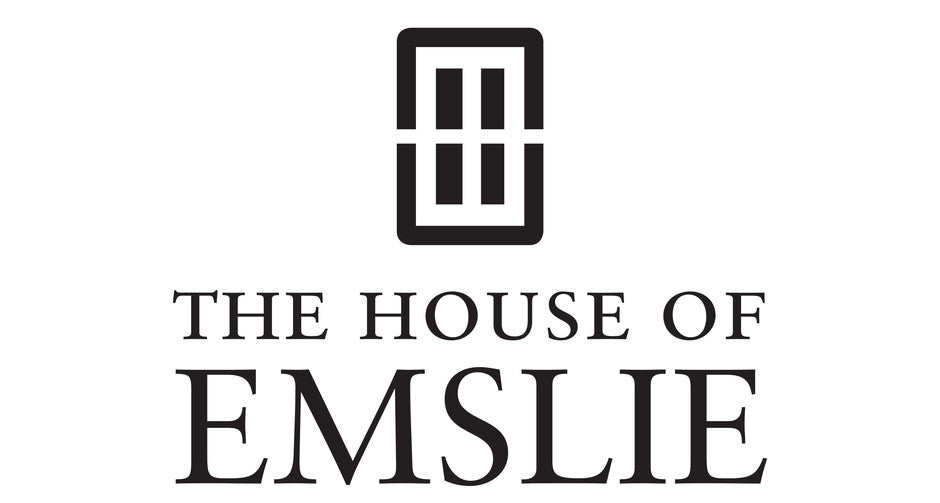Marico Revisited II
by Herman Charles Bosman
There were features about the Marico Bushveld that were almost too gaudy. That part of the country had been practically derelict since the Anglo-Boer War and the rinderpest. Many of the farms north of the Dwarsberge had been occupied little more than ten years before by farmers who had trekked into the Marico from the Northern Cape and the Western Transvaal. The farmers there were real Boers.
I am told that I have a deep insight into the character of the Afrikaner who lives his life on the platteland. I acquired this knowledge in the Marico, where I was sent when my mind was most open to impressions.
Then there was the bush. Thorn-trees. Withaaks and kameeldorings. The kremetart-boom. Swarthaak and blinkblaar and wag-’n-bietjie. Moepels and maroelas. The sun-baked vlakte and the thorn tree and South Africa. Trees are more than vegetation and more than symbols and more than pallid sentimentality. Nevertheless, what the oak and the ash and the cypress are to Europe, the thorn-tree is to South Africa. And if laurel and myrtle and bay are for chaplet and wreath, thorns are for a crown.
The bush was populated with kudus and cows and duikers and steenbokkies and oxen and gemsbok and donkeys and occasional leopards. There were also ribbokke in the krantzes and green and brown mambas, of which hair-raising stories were told, and mules that were used to pull cars because it was an unhealthy area for horses. Mules were also used for telling hair-raising stories about.
And the sunsets in the Marico Bushveld are incredible things, heavily striped like prison bars and flamboyant like African blankets.
Then there were boreholes, hundreds of feet deep, from which water had to be pumped by hand into the cattle-troughs in times of drought. And there was a Bechuana chief who had once been to London, where he had been received in audience by His Majesty, George V, a former English king; and when, on departing from Buckingham Palace, he had been questioned by the High Commissioner as to what form the conversation had taken, he had replied, very simply, this Bechuana chief, ‘We kings know what to discuss.’
There were occasional visits from Dutch Reformed Church predikants. And a few meetings of the Dwarsberg Debatsvereniging. And there were several local feuds. For I was to find that while the bush was of infinite extent, and the farms very many miles apart, the paths through the thorn-trees were narrow.
It was to this part of the country, the northern section of the Marico Bushveld, where the Transvaal ends and the Bechuanaland Protectorate begins, that I returned for a brief visit after an absence of many years. And I found, what I should have known all along, of course, that it was the present that was haunted, and that the past was not full of ghosts. The phantoms are what you carry around with you, in your head, like you carry dreams under your arm.
And when you revisit old scenes it is yourself, as you were in the past, that you encounter, and if you are in love with yourself – as everybody should be in love with himself, since it is only in that way, as Christ pointed out, that a man can love his neighbour – then there is a sweet sadness in a meeting of this description. There is the gentle melancholy of the twilight, dark eyes in faces upturned in a trancelike pallor. And fragrances. And thoughts like soft rain falling on old tombstones.
When I first went to the Marico it was in that season when the moepels were nearly ripening. And when I returned, years later, it was to find that the moepels in the Marico were beginning to ripen again.
Next →
← Previous





